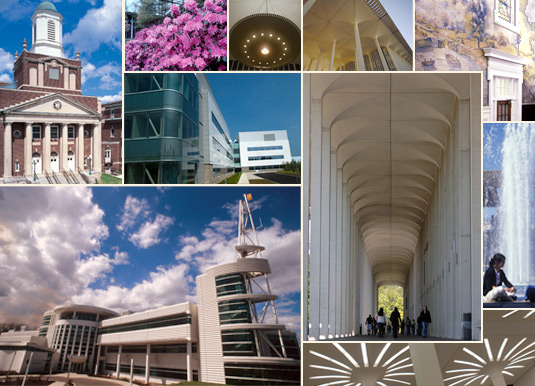
What does Architecture mean ?
Architecture is both the process and the product of planning, designing, and constructing buildings and other physical structures.
- A general term to describe buildings and other physical structures.
- The art and science of designing buildings.
- The style of design and method of construction of buildings and other physical structures.
- The practice of the architect, where architecture means offering or rendering professional services in connection with the design and construction of buildings.
- The design activity of the architect, from the macro-level (urban design, landscape architecture) to the micro-level (construction details and furniture).
Who is an Architect ?
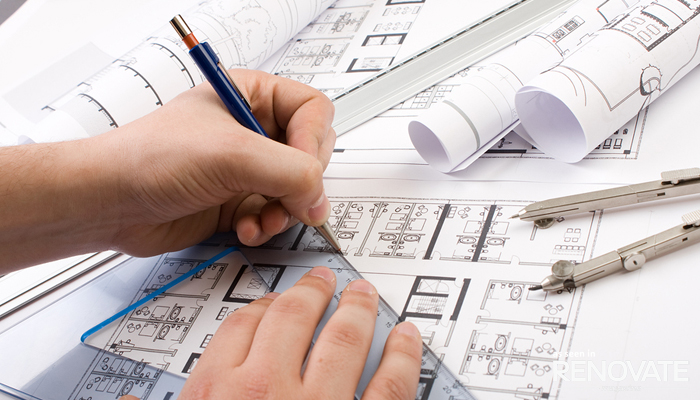
People need places to eat, work, live and play. Architects transform these needs into concepts and then develop the concepts into building images that can be constructed by others. These projects can be as small as an entrance way and as large as an entire college campus—and everything in between.
An architect serves in a leadership role to bring together the design and budgetary requirements set by the client, restraints of a site (where the building will be constructed), needs of the building’s users, and the limitations of materials into a unique and balanced design solution. Decision-making, team leadership and creativity are the key elements of making architecture.
Succinctly put, an architect is a licensed professional with specialized skills who designs buildings and cityscapes and helps make real the unique vision of their clients and communities.
The role of an architect is not just to design buildings. Through the design, the architect must also protect the health, safety and welfare of the general public and the users of the buildings.
Architecture through Time
Architecture varies greatly around the world. Building styles change depending on utility and cultural styles. The history of architecture is vast as it spans the world and occurred simultaneously in many different countries.
Periods and styles flow together, sometimes merging contradictory ideas, sometimes inventing new approaches, and often re-awakening and re-inventing older movements. Architecture is a fluid art.
- Architecture in Prehistoric Times

Before recorded history, humans constructed earthen mounds, stone circles, megaliths, and structures that often puzzle modern-day archaeologists. Prehistoric architecture includes monumental structures such as Stonehenge, cliff dwellings in the Americas, and thatch and mud structures lost to time.
- Ancient Egypt

3,050 BC to 900 BC In ancient Egypt, powerful rulers constructed monumental pyramids, temples, and shrines. Far from primitive, enormous structures such as the Pyramids of Giza were feats of engineering capable of reaching great heights.
- Classical

850 BC to 476 AD From the rise of ancient Greece until the fall of the Roman empire, great buildings were constructed according to precise rules. The Classical Orders,which defined column styles, continue to influence building design in modern times.
- Byzantine

527 to 565 AD. After Constantine moved the capital of the Roman empire to Byzantium (now called Istanbul) in 330 AD, Roman architecture evolved into a graceful, classically-inspired style that used brick instead of stone, domed roofs, elaborate mosaics, and classical forms.
- Romanesque

800 to 1200 AD As Rome spread across Europe, heavier, stocky Romanesque architecture with rounded arches emerged. Churches and castles of the early Medieval period were constructed with thick walls and heavy piers.
- Gothic Architecture
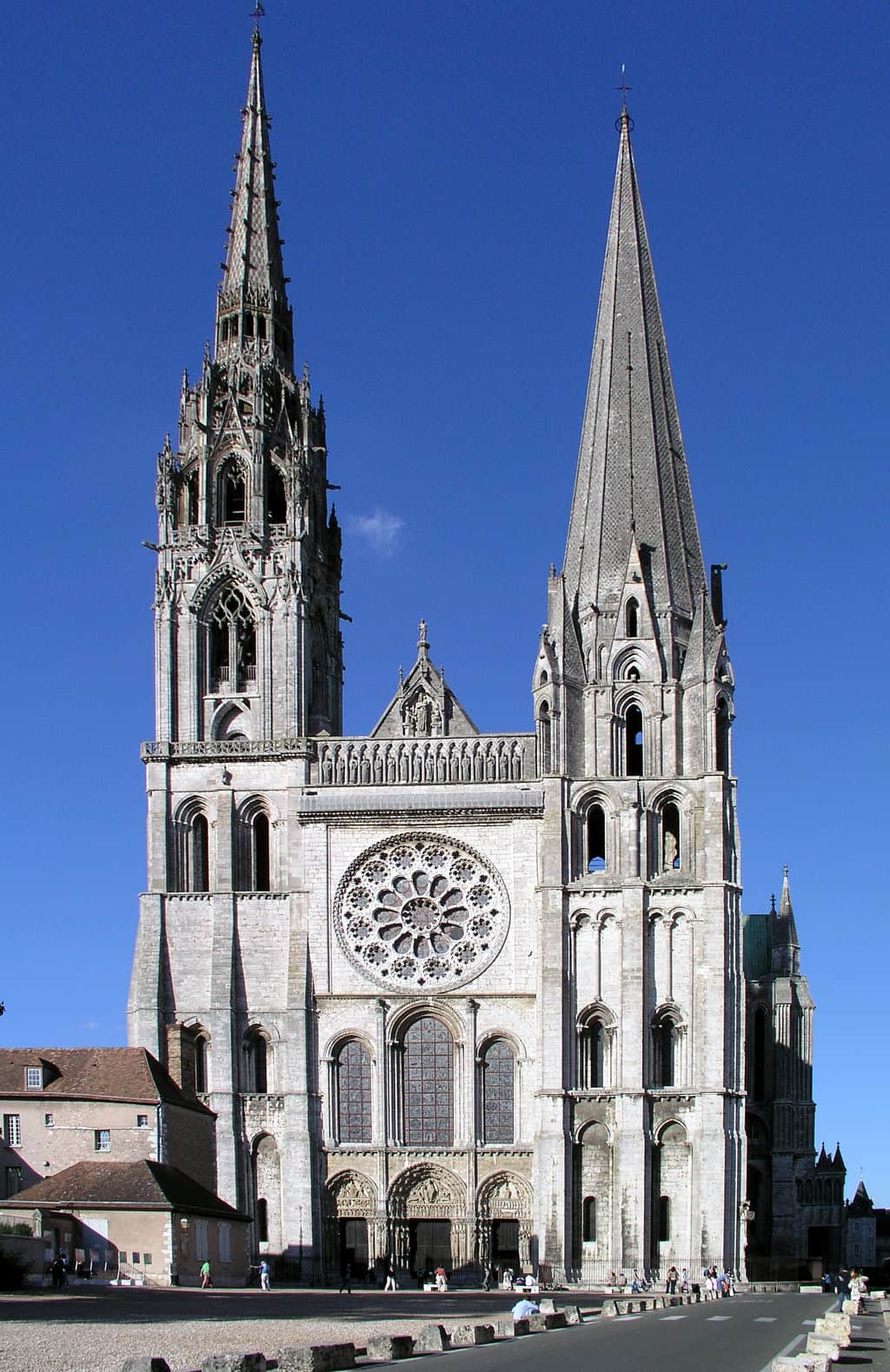
1100 to 1450 AD Pointed arches, ribbed vaulting, flying buttresses, and other innovations led to taller, more graceful architecture. Gothic ideas gave rise to magnificent cathedrals like Chartres and Notre Dame.
- Renaissance Architecture

1400 to 1600 AD A return to classical ideas ushered an “age of awakening” in Italy, France, and England.
- Baroque Architecture

1600 to 1830 AD In Italy, the Baroque style is reflected in opulent and dramatic churches with irregular shapes and extravagant ornamentation. In France, the highly ornamented Baroque style combines with Classical restraint.
- Rococo Architecture

1650 to 1790 AD During the last phase of the Baroque period, builders constructed graceful white buildings with sweeping curves. These Rococo buildings are elegantly decorated with scrolls, vines, shell-shapes, and delicate geometric patterns.
- Neoclassicism in Architecture

1730 to 1925 AD These buildings were proportioned according to the classical orders with details borrowed from ancient Greece and Rome.
- Art Nouveau Architecture

1890 to 1914 AD Known as the New Style, Art Nouveau was first expressed in fabrics and graphic design. The style spread to architecture and furniture in the 1890s. Art Nouveau buildings often have asymmetrical shapes, arches and decorative surfaces with curved, plant-like designs.
- Beaux Arts Architecture

1895 to 1925 AD Also known as Beaux Arts Classicism, Academic Classicism, or Classical Revival, Beaux Arts architecture is characterized by order, symmetry, formal design, grandiosity, and elaborate ornamentation.
- Neo-Gothic Architecture

1905 to 1930 AD In the early twentieth century, Gothic ideas were applied to modern buildings. Gargoyles, arched windows, and other medieval details ornamented soaring skyscrapers.
- Art Deco Architecture

1925 to 1937 AD Zigzag patterns and vertical lines create dramatic effect on jazz-age, Art Deco buildings. Interestingly, many Art Deco motifs were inspired by the architecture of ancient Egypt.
- Postmodernism in Architecture
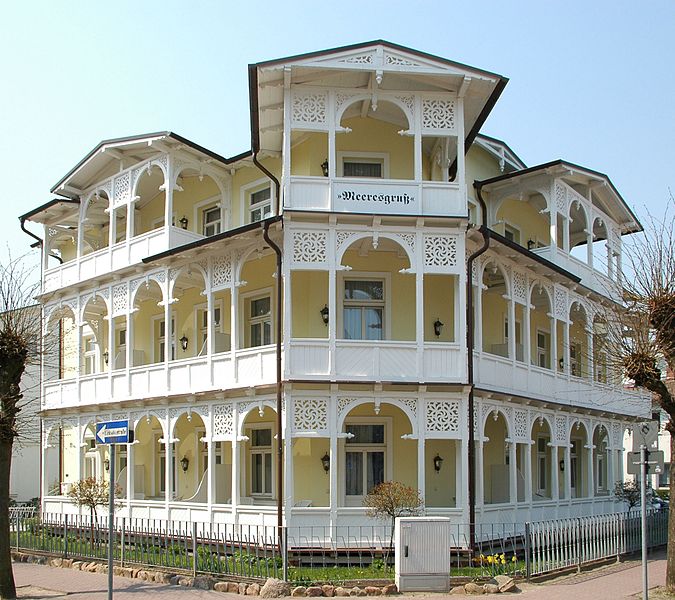
1972 to Present. A reaction against the Modernist approaches gave rise to new buildings that re-invented historical details and familiar motifs.
Architecture has to do with planning, designing and constructing form, space and ambience to reflect functional, technical, social, environmental and aesthetic considerations. It requires the creative manipulation and coordination of materials and technology, and of light and shadow. Often, conflicting requirements must be resolved.
The practice of Architecture also encompasses the pragmatic aspects of realizing buildings and structures, including scheduling, cost estimation and construction administration. Documentation produced by architects, typically drawings, plans and technical specifications, defines the structure and behavior of a building or other kind of system that is to be or has been constructed.
Architecture Styles
- African Architecture
- Chinese Architecture

- Indian Architecture
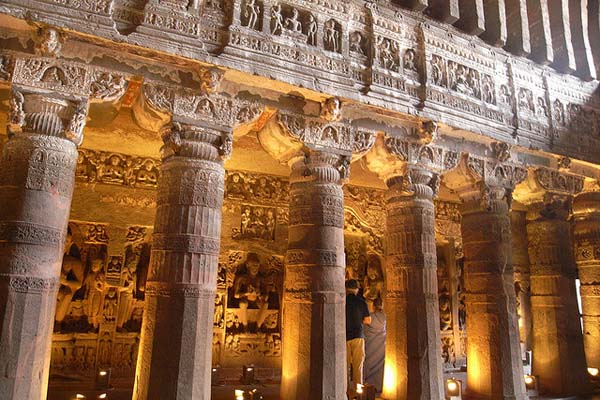
- Islamic Architecture

- Japanese Architecture
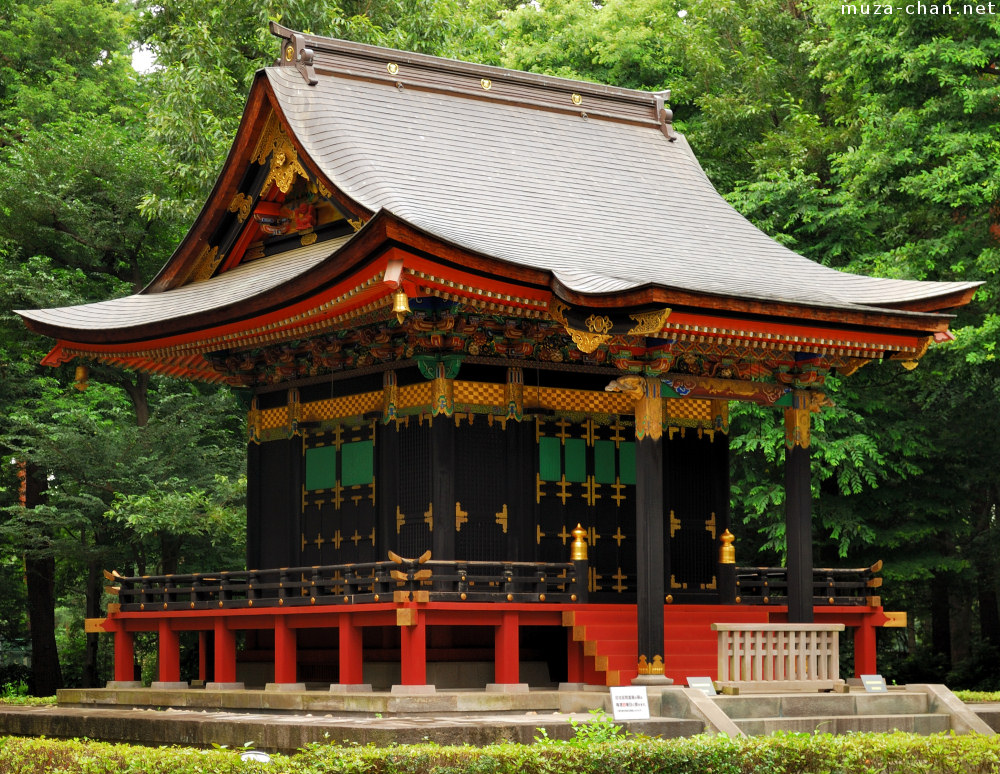
- Persian Architecture

- Spanish Architecture

- Canadian Architecture
- Indonesian Architecture

- MesoAmerican Architecture

Conclusion
Architecture continues to change and improve to this day. Architectural styles come and go. Stronger and more efficient building materials allow for the creation of structures previously thought to be impossible to build. Given the history of architecture, the buildings of the future are sure to look quite different from the present.

No comments:
Post a Comment